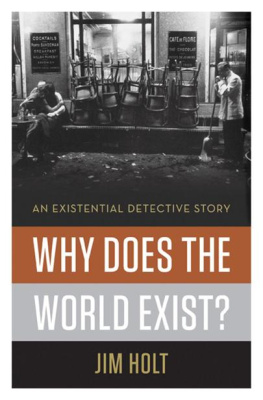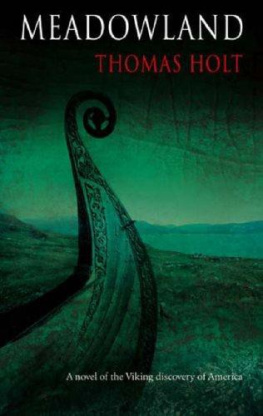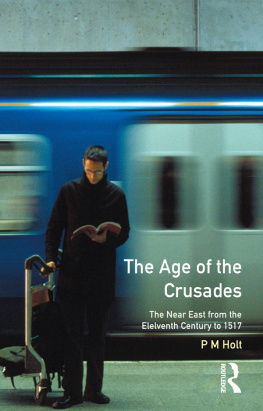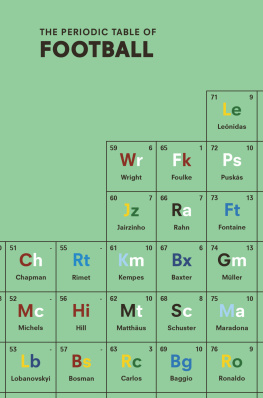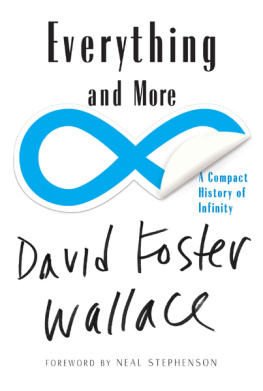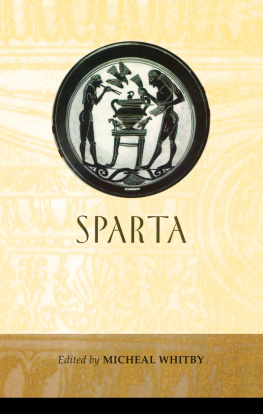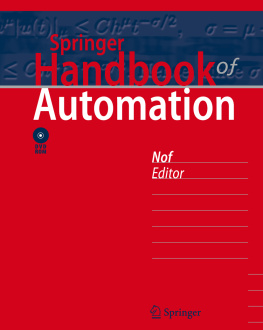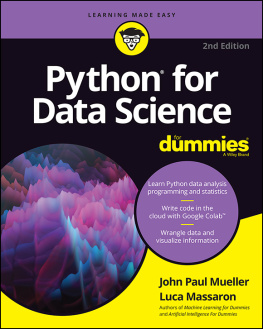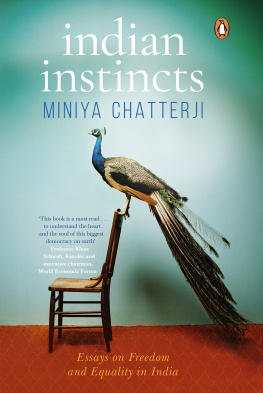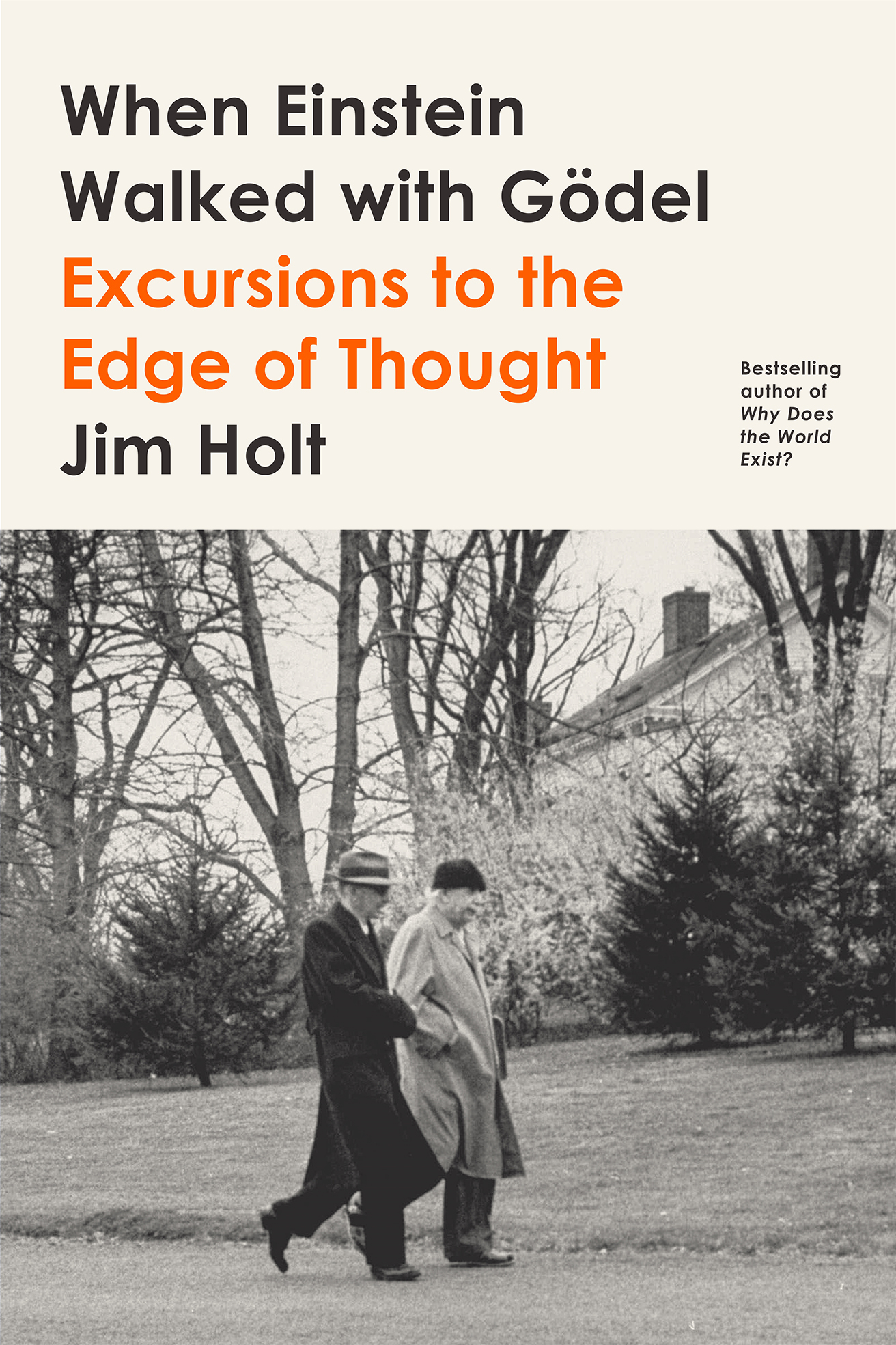
The author and publisher have provided this e-book to you for your personal use only. You may not make this e-book publicly available in any way. Copyright infringement is against the law. If you believe the copy of this e-book you are reading infringes on the authors copyright, please notify the publisher at: us.macmillanusa.com/piracy.
To the memory of Bob Silvers
These essays were written over the last two decades. I selected them with three considerations in mind.
First, the depth, power, and sheer beauty of the ideas they convey. Einsteins theory of relativity (both special and general), quantum mechanics, group theory, infinity and the infinitesimal, Turings theory of computability and the decision problem, Gdels incompleteness theorems, prime numbers and the Riemann zeta conjecture, category theory, topology, higher dimensions, fractals, statistical regression and the bell curve, the theory of truththese are among the most thrilling (and humbling) intellectual achievements Ive encountered in my life. All are explained in the course of these essays. My ideal is the cocktail-party chat: getting across a profound idea in a brisk and amusing way to an interested friend by stripping it down to its essence (perhaps with a few swift pencil strokes on a napkin). The goal is to enlighten the newcomer while providing a novel twist that will please the expert. And never to bore.
My second consideration is the human factor. All these ideas come with flesh-and-blood progenitors who led highly dramatic lives. Often these lives contain an element of absurdity. The creator of modern statistics (and originator of the phrase nature versus nurture), Sir Francis Galton, was a Victorian prig who had comical misadventures in the African bush. A central figure in the history of the four-color theorem was a flamboyantly eccentric mathematician/classicist called Percy Heawoodor Pussy Heawood by his friends, because of his feline whiskers.
More often the life has a tragic arc. The originator of group theory, variste Galois, was killed in a duel before he reached his twenty-first birthday. The most revolutionary mathematician of the last half century, Alexander Grothendieck, ended his turbulent days as a delusional hermit in the Pyrenees. The creator of the theory of infinity, Georg Cantor, was a kabbalistic mystic who died in an insane asylum. Ada Lovelace, the cult goddess of cyber feminism (and namesake of the programming language used by the U.S. Department of Defense), was plagued by nervous crises brought on by her obsession with atoning for the incestuous excesses of her father, Lord Byron. The great Russian masters of infinity, Dmitri Egorov and Pavel Florensky, were denounced for their antimaterialist spiritualism and murdered in Stalins Gulag. Kurt Gdel, the greatest of all modern logicians, starved himself to death out of the paranoiac belief that there was a universal conspiracy to poison him. David Foster Wallace (whose attempt to grapple with the subject of infinity I examine) hanged himself. And Alan Turingwho conceived of the computer, solved the greatest logic problem of his time, and saved countless lives by cracking the Nazi Enigma codetook his own life, for reasons that remain mysterious, by biting into a cyanide-laced apple.
My third consideration in bringing these essays together is a philosophical one. The ideas they present all bear crucially on our most general conception of the world (metaphysics), on how we come to attain and justify our knowledge (epistemology), and even on how we conduct our lives (ethics).
Start with metaphysics. The idea of the infinitely smallthe infinitesimalraises the question of whether reality is more like a barrel of molasses (continuous) or a heap of sand (discrete). Einsteins relativity theory either challenges our notion of time orif Gdels ingenious reasoning is to be creditedabolishes it altogether. Quantum entanglement calls the reality of space into question, raising the possibility that we live in a holistic universe. Turings theory of computability forces us to rethink how mind and consciousness arise from matter.
Then theres epistemology. Most great mathematicians claim insight into an eternal realm of abstract forms transcending the ordinary world we live in. How do they interact with this supposed Platonic world to obtain mathematical knowledge? Or could it be that they are radically mistakenthat mathematics, for all its power and utility, ultimately amounts to a mere tautology, like the proposition A brown cow is a cow? To make this issue vivid, I approach it in a novel way, by considering what is universally acknowledged to be the greatest unsolved problem in mathematics: the Riemann zeta conjecture.
Physicists, too, are prone to a romantic image of how they arrive at knowledge. When they dont have hard experimental/observational evidence to go on, they rely on their aesthetic intuitionon what the Nobel laureate Steven Weinberg unblushingly calls their sense of beauty. The beauty = truth equation has served physicists well for much of the last century. Butas I ask in my essay The String Theory Warshas it recently been leading them astray?
Finally, ethics. These essays touch on the conduct of life in many ways. The eugenic programs in Europe and the United States ushered in by the theoretical speculation of Sir Francis Galton cruelly illustrate how science can pervert ethics. The ongoing transformation of our habits of life by the computer should move us to think hard about the nature of happiness and creative fulfillment (as I do in Smarter, Happier, More Productive). And the omnipresence of suffering in the world should make us wonder what limits there are, if any, to the demands that morality imposes upon us (as I do in On Moral Sainthood).
The last essay in the volume, Say Anything, begins by examining Harry Frankfurts famous characterization of the bullshitter as one who is not hostile to the truth but indifferent to it. It then enlarges the picture by considering how philosophers have talked about trutherroneously?as a correspondence between language and the world. In a slightly ludic way, this essay bridges the fields of metaphysics, epistemology, and ethics, lending the volume a unity that I hope is not wholly specious.
And lest I be accused of inconsistency, let me (overconfidently?) express the conviction that the Copernican principle, Gdels incompleteness theorems, Heisenbergs uncertainty principle, Newcombs problem, and the Monty Hall problem are all exceptions to Stiglers law of eponymy ( vide p. 292).
J.H.
New York City, 2017
In 1933, with his great scientific discoveries behind him, Albert Einstein came to America. He spent the last twenty-two years of his life in Princeton, New Jersey, where he had been recruited as the star member of the Institute for Advanced Study. Einstein was reasonably content with his new milieu, taking its pretensions in stride. Princeton is a wonderful piece of earth, and at the same time an exceedingly amusing ceremonial backwater of tiny spindle-shanked demigods, he observed. His daily routine began with a leisurely walk from his house, at 112 Mercer Street, to his office at the institute. He was by then one of the most famous and, with his distinctive appearancethe whirl of pillow-combed hair, the baggy pants held up by suspendersmost recognizable people in the world.
A decade after arriving in Princeton, Einstein acquired a walking companion, a much younger man who, next to the rumpled Einstein, cut a dapper figure in a white linen suit and matching fedora. The two would talk animatedly in German on their morning amble to the institute and again, later in the day, on their way homeward. The man in the suit might not have been recognized by many townspeople, but Einstein addressed him as a peer, someone who, like him, had single-handedly launched a conceptual revolution. If Einstein had upended our everyday notions about the physical world with his theory of relativity, the younger man, Kurt Gdel, had had a similarly subversive effect on our understanding of the abstract world of mathematics.


